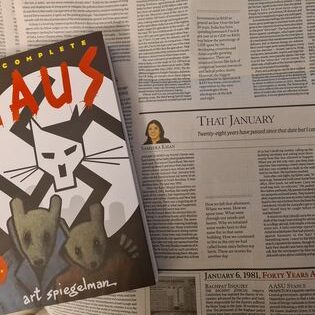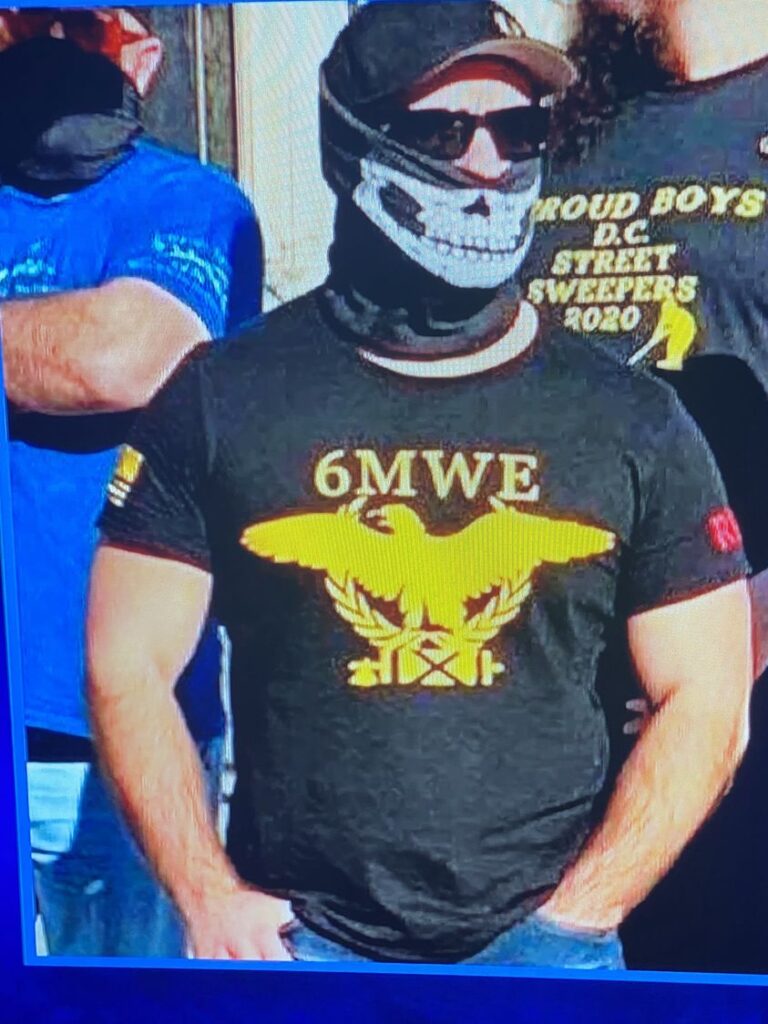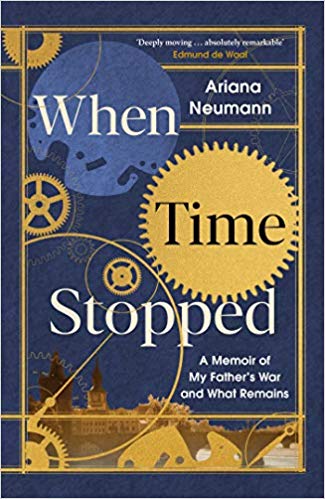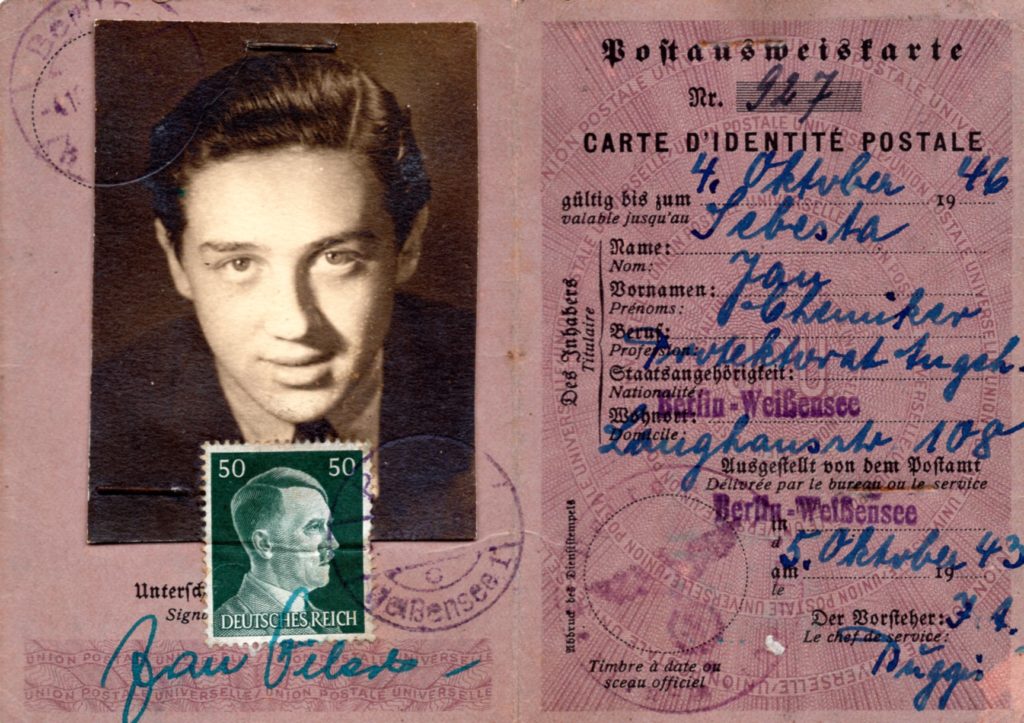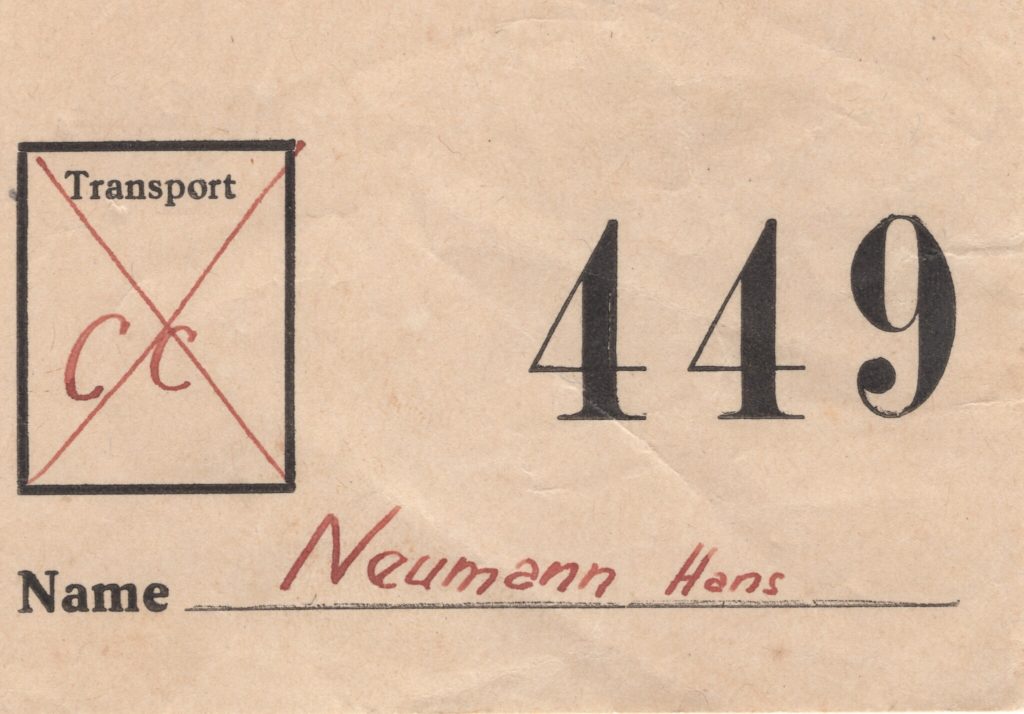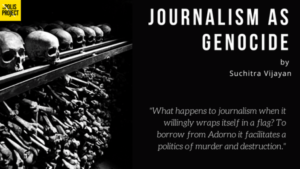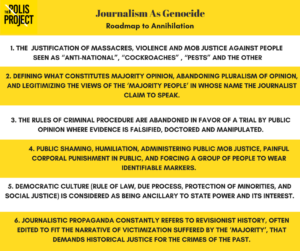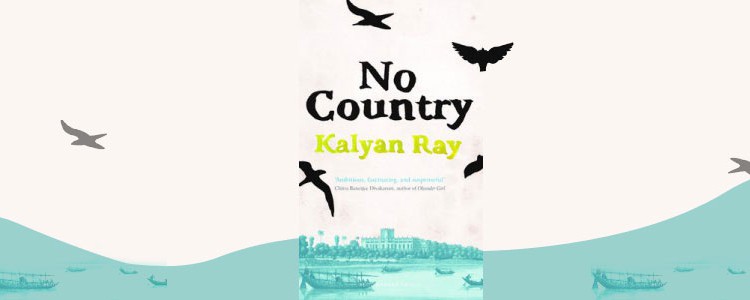( I was asked by Asian Age to interview Kalyan Ray and review his new novel, No Country. The review-cum-interview was published in the Sunday edition of Asian Age on 31 August 2014. Here is the link: http://wwv.asianage.com/books/looking-neverland-504 . I am c&p the article below.)
 This was no country the world outside cared to know.
This was no country the world outside cared to know.
(Page 469, No Country)
No Country, Kalyan Ray’s multi-generational second novel, spans nearly 200 years, several continents. Beginning with the murder of a couple of South Asian origin in 1989, it jumps back in time, to Mullaghmore, Sligo County, Ireland, 1843, and three friends — Padraig Aherne, Bridget Shaughnessy and Brendan McCarthaigh — whose lives become inextricably linked with the birth of Padraig and Bridget’s illegitimate daughter, Maeve. Bridget dies in childbirth after Padraig has sailed off to India, later to become a successful timber merchant, and Maeve is cared for by her paternal grandmother, Maire, who on her deathbed hands Maeve to “Papa” Brendan. The potato famine is on; the starving Irish flee to America on overcrowded ships. Papa Brendan and Maeve survive a shipwreck and arrive on a farm in Canada. From here the story moves to two continents, told by various narrators with different points of view, coursing its way through Canada, India, Bangladesh, famines, refugees in America, Ireland, Odessa, Poland… The zooming about is dizzy, and often characters pop up only to disappear soon — we meet Armenians in Calcutta; Padraig Ahern marries Kalidasi; the Easter Uprising of 1916 is reported in the Bengali papers two weeks after it happened, and that reconnects Padraig to his motherland; Padraig’s son and grandson Robert Ahern are caught in the massacre in Jallianwala Bagh in 1919; Jewish pogroms begin just when Jakob Sztolberg, a Polish Jew, marries Maeve; India’s Partition. Dizzying. But it flows smoothly.
Ray attributes his ability to weave various voices in various places to being “born into the rich oral culture of India.” “I have been deeply and permanently influenced by that. I grew up listening to a vast variety of folk stories, tales from Mahabharata and Ramayana, and have been fascinated by the story-telling techniques of the Pandavani. Even our folksongs are voices telling stories. All this colours my palette in conscious and unconscious ways,” he explains. According to him, the responsibility of the writer lies in making the reader sit up all night to read. “If you write about characters that you care deeply about then the reader will be mesmerised; that is the responsibility of the writer.” Ray says that he had to be “particularly careful” about the 10 distinct voices in his novel, ranging from 19th century rural Irish voices to those of Billy Swint of 1960s New York and Kush Mitra of the early 1990s.
Ray took an eight-month sabbatical from his teaching job to immerse himself in Irish literature of 1835-1847 — books, political  pamphlets, newspapers and posters. He said that “later historical research often challenged and corrected contemporary perceptions of events, but I needed to keep in mind that for a novelist, the early estimations, even rumours — especially early rumours — must mark the pigment on the canvas.” The novel is packed with delightful details. “I owed it to my readers to paint the past as vividly and accurately as I could, with its sights and sounds, contemporary opinions and mindsets. So I needed to use numerous books of history, memoirs, and contemporary journals… (I) put in a great deal of effort not to let the research show in the telling of the story…” Grafton Street in Ireland is pointedly described as being paved with wood, whereas most Irish streets were packed with sod. He learnt this tiny fact after “many hours spent often with a magnifying glass in hand peering into photographs of early Victorian-era cityscapes of Dublin, and at Irish landscapes of that period”.
pamphlets, newspapers and posters. He said that “later historical research often challenged and corrected contemporary perceptions of events, but I needed to keep in mind that for a novelist, the early estimations, even rumours — especially early rumours — must mark the pigment on the canvas.” The novel is packed with delightful details. “I owed it to my readers to paint the past as vividly and accurately as I could, with its sights and sounds, contemporary opinions and mindsets. So I needed to use numerous books of history, memoirs, and contemporary journals… (I) put in a great deal of effort not to let the research show in the telling of the story…” Grafton Street in Ireland is pointedly described as being paved with wood, whereas most Irish streets were packed with sod. He learnt this tiny fact after “many hours spent often with a magnifying glass in hand peering into photographs of early Victorian-era cityscapes of Dublin, and at Irish landscapes of that period”.
Women are pivotal to the novel, yet they have been described only in terms of their sexuality and the choices they make after becoming pregnant (mostly out of wedlock). Though Maeve’s character develops logically, she comes across women often do in mythology — mostly just strong survivors of circumstances. Though she can read before she is four years old, she is never shown to be doing anything with her literacy. Instead, she swiftly adapts to farming. Ray says that he has been influenced by William Faulkner. Perhaps this slide of realism into myth comes from Faulkner.
Migrants don’t necessarily have the leisure to recall stories, occupied as they are in putting their lives together, making new friends, learning new language, culture. No Country tells their story. In an interview he gave to his publishers, Ray said, “I consider this story to be a seismic shrug, a novel that consists of individual migrations. These are stories about people looking for a country, a place where they could set roots but find it nowhere.” Ray too is a migrant, dividing his time between Kolkata and America. Paradoxically, No Country does not read like a story told by a migrant. Though I read the novel in two sittings, I remained dissatisfied with the outsider’s perspective.
Post 9/11, a noticeable shift in contemporary literature, particularly fiction, is an excessive stress on identities, akin to ghettoisation of literature according to ethnic, regional and religious identities, and literary criticism has always been preoccupied with genres. But No Country is refreshingly rich in multi-cultural diversity and is able to bringing out the commonality amongst migrants.
Kalyan Ray No Country Bloomsbury, Great Britain, 2014. Pb. pp. 560. Rs. 599
